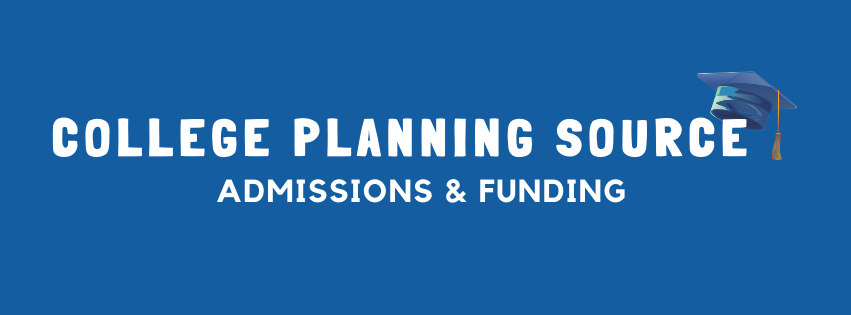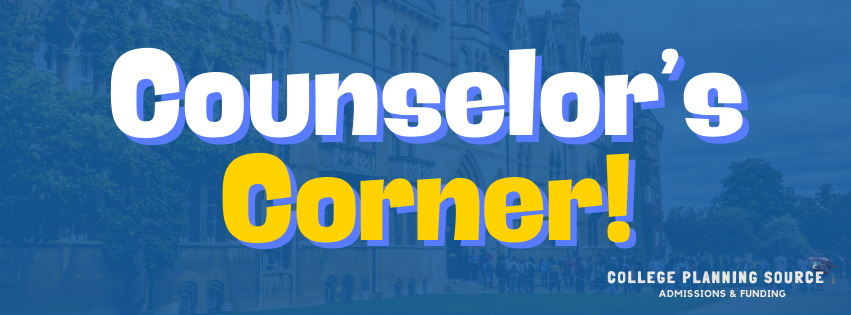-
Unique Educational Programs
What are 4+1 Programs?
4+1 programs, also known as combined bachelor’s/master’s degree programs, are structured to allow students to complete both a bachelor’s and a master’s degree in a total of five years. This is achieved by overlapping some coursework during the undergraduate years that also count toward the graduate degree. Typically, students spend four years completing their undergraduate studies and an additional year to earn their master’s degree, hence the name 4+1.
Benefits of 4+1 Programs
Accelerated Path to Advanced Education
One of the most appealing aspects of 4+1 programs is accelerating your academic journey. By condensing what traditionally takes six years into five, students can enter the workforce with an advanced degree sooner, potentially gaining a competitive edge in their field.
Cost Efficiency
Completing a master’s degree through a 4+1 program can be more cost-effective than pursuing undergraduate and graduate degrees separately. Since students are enrolled in a unified program, they often benefit from reduced tuition rates and fees for graduate courses taken during their undergraduate years.
Continuity and Depth of Study
For students deeply invested in their field of study, 4+1 programs offer an uninterrupted continuation of learning. This seamless transition allows for deeper exploration of specialized topics and can foster stronger relationships with faculty, enhancing both academic and research opportunities.
Professional Edge
Armed with a master’s degree, graduates of 4+1 programs often find themselves more competitive in the job market. The advanced qualification can lead to better job prospects, higher starting salaries, and more rapid career advancement.
Considerations Before Enrolling
Commitment to a Field
Enrolling in a 4+1 program requires a strong commitment to your field of study early in your academic career. It’s crucial to have a clear understanding and passion for your major, as changing paths might be more complicated than in a traditional undergraduate program.
Academic Rigor
The accelerated nature of 4+1 programs means a more demanding coursework load, especially in the senior year of undergraduate study when graduate-level courses begin. Students need to be prepared for the increased rigor and the challenge of balancing their studies with other college experiences.
Admission Requirements
Admission into 4+1 programs can be competitive, with specific criteria that might include maintaining a certain GPA, securing faculty recommendations, and demonstrating readiness for graduate-level work. It’s important to understand these requirements early to prepare adequately.
Making the Decision
Deciding whether a 4+1 program is right for you depends on your academic goals, career aspirations, and readiness to commit to an accelerated path. Here are a few steps to help you make an informed decision:
- Research: Look into programs that align with your interests and career goals. Consider the reputation of the institutions, the structure of the programs, and the opportunities they provide.
- Consult: Speak with academic advisors, faculty members, and current students in 4+1 programs to gain insights into the experience.
- Evaluate: Reflect on your academic and personal readiness for the challenge. Consider your long-term career goals and how a master’s degree fits into your plans.
4+1 programs represent an innovative educational pathway that can significantly impact your academic and professional future. By providing an accelerated route to a master’s degree, these programs offer a blend of efficiency, depth of study, and a competitive edge in the job market. As you ponder your college options, consider whether a 4+1 program aligns with your goals and preparedness for this challenging but rewarding academic journey.
Ready to get some guidance? Schedule a College Planning Assessment today!
Want college planning guidance delivered to you?
Sign up for our Counselor’s Corner Newsletter to receive helpful information and tips for
both parents and students on navigating the college admissions journey.




